As part of National Plant Health Week in May, Check a Sweet Chestnut was launched. This is a collaboration between the RHS, Defra, APHA, Forest Research and Observatree looking to understand the health of sweet chestnut trees in the UK.
Running over summer Check a Sweet Chestnut invites you to find a local sweet chestnut tree and report its health to TreeAlert.
What is a sweet chestnut tree?
Sweet chestnuts are large trees with long glossy green leaves and are found throughout the UK in urban areas, parks and woodland.
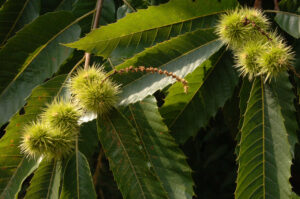
What am I looking for?
Look for Oriental chestnut gall wasp leaf galls
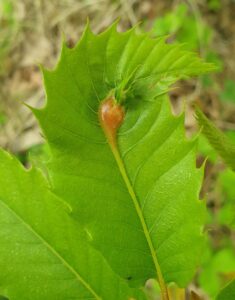
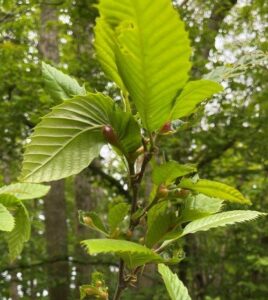
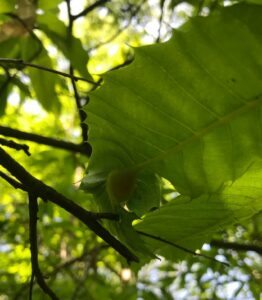
and disfigured patches of bark with a sparse crown of leaves (symptoms of sweet chestnut blight)
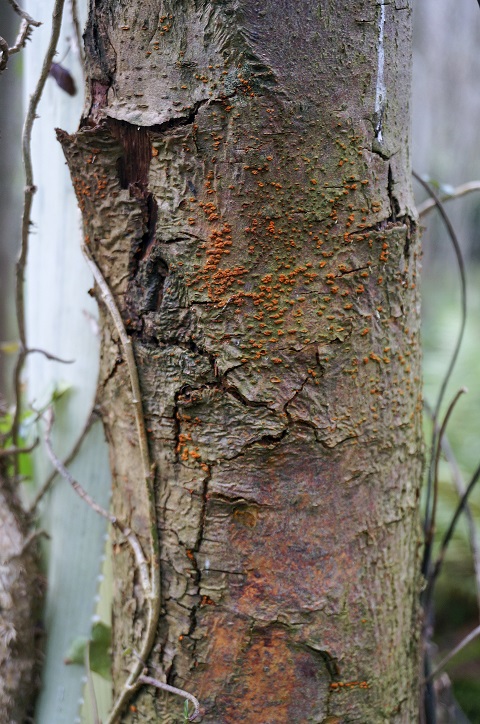
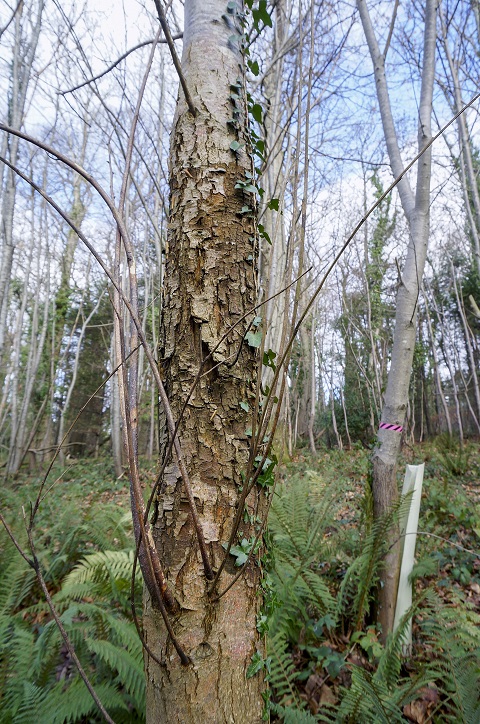
Report your findings
In order to report a healthy tree you must register with TreeAlert and compile a ‘healthy trees’ report, or if you find Oriental chestnut gall wasp or sweet chestnut blight you can complete a ‘general report’ and select ‘2023 Check a Sweet Chestnut’ as the project (although you do not have to be registered to complete this). Selecting this project will enable us to distinguish these reports from other TreeAlert data and add to previous records collected between 2020 and 2022 for Project HOMED.
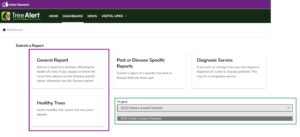
If you are registered your contact details will auto populate at the start of the reporting process speeding up the time it takes to submit a report. You will also be able to view your healthy and general reports after submission.
In summary:
- Get prepared
- Find a sweet chestnut tree
- Check the tree’s health
- Report sightings via TreeAlert
Find out more! Check a sweet chestnut | RHS / RHS Gardening
Recent News
View All news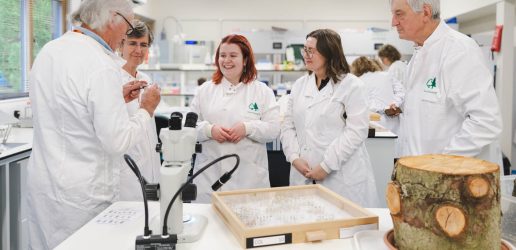
Connecting science and citizens with Observatree
See how citizen scientists and researchers are working hand in hand to protect our trees, in a brand new photo essay.

Owners and agents needed for new project about woodland structure and biodiversity potential
Woodland owners/agents in England needed for new project exploring woodland structure and biodiversity potential.

Developing a future productive tree species list for Scotland
Forest Research has created a shortlist of 28 tree species to help diversify and strengthen Scotland’s forests against pests, disease and climate change.

Connecting science and citizens with Observatree
See how citizen scientists and researchers are working hand in hand to protect our trees, in a brand new photo essay.

Owners and agents needed for new project about woodland structure and biodiversity potential
Woodland owners/agents in England needed for new project exploring woodland structure and biodiversity potential.

Developing a future productive tree species list for Scotland
Forest Research has created a shortlist of 28 tree species to help diversify and strengthen Scotland’s forests against pests, disease and climate change.
